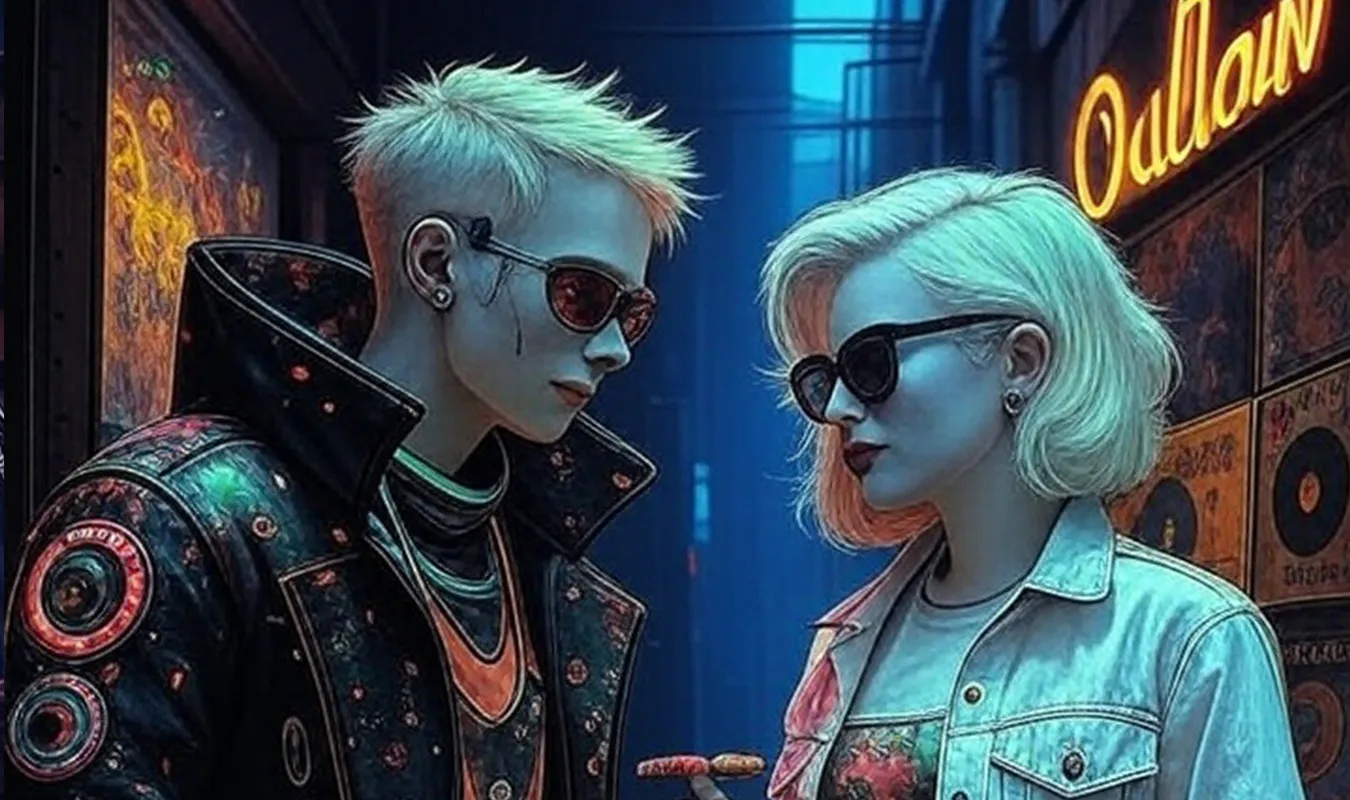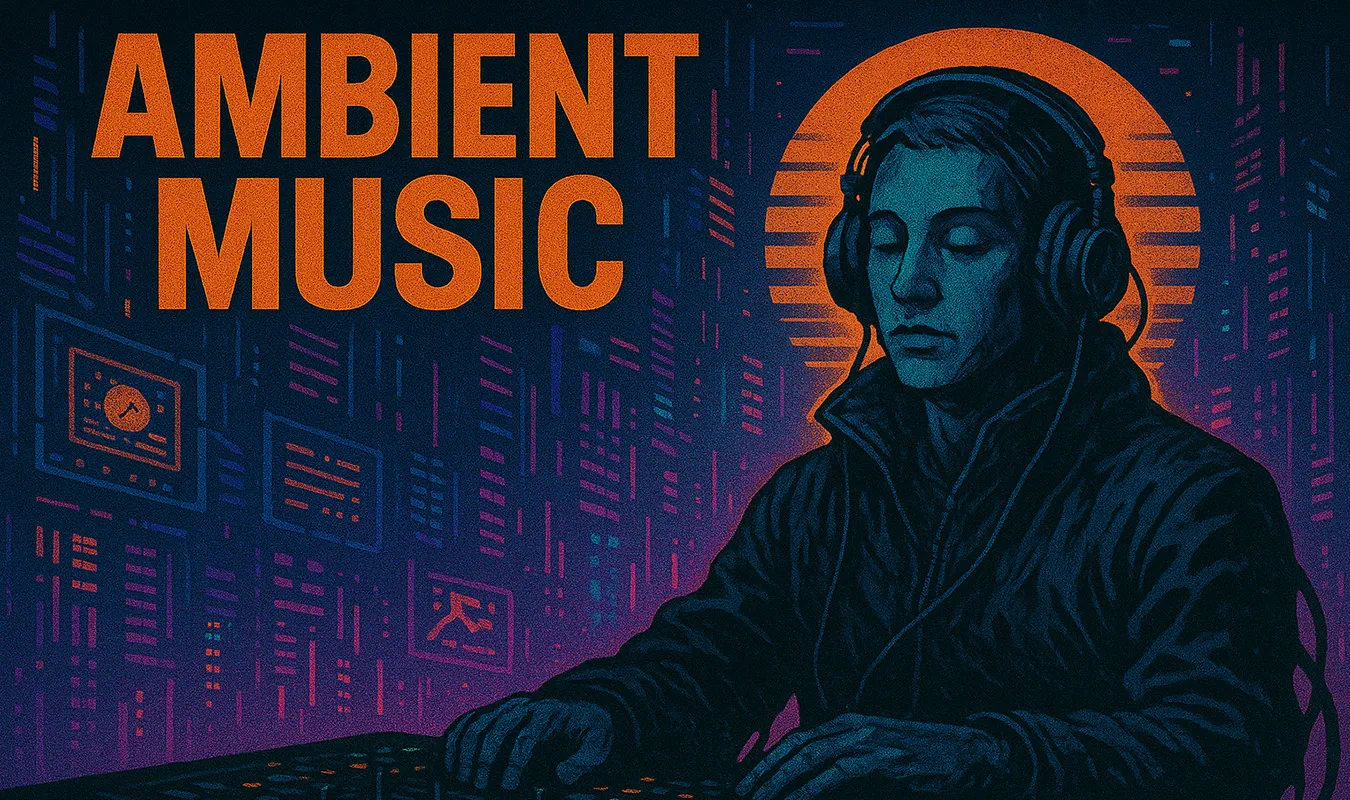[Column] Toots and the Maytals — The soul of reggae etched by live performances
Column en 60s 70s 80s Jamaican Reggae![[Column] Toots and the Maytals — The soul of reggae etched by live performances](/../assets/images/column-toots-and-the-maytals-live-history.webp)
Introduction: The birth of reggae and the origins of live culture
Text: mmr|Theme: Tracing Toots and the Maytals’ live performances, including audience reaction, improvisation, and historical and cultural background.
Kingston, Jamaica in the 1960s. With the hustle and bustle of a port town, the buzz of markets, and the rhythms of street ska all over the city, Toots and the Maytals, led by Toots Hibbert, have become a presence that transforms music itself into culture through live performances.
At live performances, the audience is not just an audience member, but a part of the performance. Call-and-response, impromptu talks, and dance exchanges with the audience transform simple musical events into cultural rituals. ““Do the Reggay’’, which was born in 1966, was a symbolic moment, and the audience themselves became the promoters of reggae culture.
1. Early live shows (1962-1969): Cultivating culture from small clubs
1.1 Formation and first stage
In 1962, Toots Hibbert formed the Maytals with Freddie McGregor and Raleigh Gordon. They held their first stage at a small club in Kingston called Chocomo Lounge. Despite having a simple setup with just one microphone, guitar, bass, and drums, Toots’ voice dominated the entire floor.
The audience participates by clapping and dancing, and laughter echoes through the impromptu talks between songs. During the performance of “54-46 Was My Number,” people on the floor held hands and danced in a circle. When Toots calls out, “Step to the right! Step to the left!”, the audience responds immediately, and the performance becomes one with the audience.
Setlist example (initial live)
- 54-46 Was My Number 2.Do the Reggay
- Monkey Man
- Pressure Drop (initial version)
- Impromptu talk & dance call
1.2 Birth and reaction of “Do the Reggay”
First performed in 1966, ““Do the Reggay’’ instantly electrified audiences at club shows in Jamaica. The audience sings, dances, and laughs in a circle on the floor, filling the venue. Every time Toots calls out, “Do the Reggay!”, a chain reaction of clapping and cheers ensues.
This song was not just a performance, but a cultural ritual with audience participation. The word reggae spread around the world, creating a moment when audiences functioned as transmitters of culture.
1.3 Cultural significance of early live shows
- The prototype of a participatory live performance based on call and response
- Music events that encourage local community unity
- Creating a cultural experience where the stage and audience become one
2. Global leap (1970-1979): Expansion into Europe and America
2.1 First European Tour (1970)
In 1970, Toots and the Maytals embarked on their first European tour. At London’s Carnival Club, young British people unfamiliar with Jamaican music mingled with the audience, and the boundaries between stage and floor disappeared.
Live depiction:
- When the intro to “Monkey Man” begins to play, the audience naturally shakes their shoulders and dances in a circle.
-
Toots calls out, “Sing it with me!” and the entire audience sings along.
- Guitar and organ riffs echo through the floor, creating an impromptu dance.
During live performances, Toots would sometimes invite audience members to dance, making the floor a kind of participatory theater. Success here laid the foundation for the spread of reggae in Europe.
2.2 “Funky Kingston” and expansion into America (1975)
In 1975, with the release of the album “Funky Kingston”, they toured in New York. Songs like “Pressure Drop,” “Monkey Man” and “Funky Kingston” were played, and the audience danced and sang along to Toots’ calls.
Features of live performance:
- With the introduction of a sound system, low-pitched bass sounds can be heard throughout the floor.
-
Toots’ impromptu talk allows the audience to become one with the performance.
- The lighting effects emphasize the atmosphere of the song and are visually overwhelming.
The live performances during this period not only showed the evolution of sound and production, but also served as an important venue for establishing the popularity of reggae in America.
3. Establishment of worldwide fame (1980-1999)
3.1 Reggae Sunsplash and large festival
In the 1980s, Toots and the Maytals headlined Jamaica’s biggest festival, Reggae Sunsplash. Once on stage, the audience begins to sing along, clapping and dancing until the whole venue is engulfed in one rhythm.
Presence of performance:
- The bass line of “54-46 Was My Number” makes the audience tremble.
-
Toots looks around the floor, improvises lyrics, and interacts with the audience.
- Dance calls and jokes that involve the audience are sandwiched between songs, increasing the sense of unity during the live performance.
3.2 Madison Square Garden performance (1988)
A live performance held at New York’s Madison Square Garden in 1988 had a decisive influence on the acceptance of reggae in the United States. Toots performed a call-and-response rendition of “Funky Kingston” with the audience, who got up and danced, bringing the entire venue together.
The live recording was released as “Live at Madison Square Garden” and influenced fans around the world. This success served as an opportunity to establish reggae’s status in the United States.
4. After the 2000s: Contributions to music history and the final chapter
4.1 Grammy Award-winning “True Love” (2004)
In 2004, she won a Grammy Award for her album “True Love.” During their world tour, they recreated classic songs from the past and let the audience experience the history of reggae through live performances.
Live depiction:
- The audience forms a circle and holds hands during the intro to “Do the Reggay”
-
Even though Toots’ voice has weakened, his expressiveness remains strong, and the audience sings along to the lyrics.
- During the MC between songs, he is able to improvise by adjusting the song order while observing the audience’s reaction.
4.2 50th Anniversary Live (2012)
Approximately 10,000 people gathered for the 50th anniversary concert at Kingston’s National Stadium. The entire audience sang along to Toots’ live performance, and the boundaries between the stage and the audience disappeared.
Detailed description:
- A set list that covers everything from early masterpieces to the latest albums.
- “Monkey Man” has the entire audience shaking from side to side, making the floor ripple.
-
Toots looks at each audience member and improvises lyrics.
- The entire festival became a space to experience historical continuity.
4.3 Toots Hibbert passed away (2020)
In 2020, Toots Hibbert passed away. Fans around the world commemorate him through live videos and recordings, and pass on the culture through dance and chorus. Reggae culture through live performances has been passed down from generation to generation.
5. Social and cultural meaning of live performance
-
Community building Live performances function as community gatherings. The audience formed a sense of solidarity through the music.
-
Democratization of music A culture of ““experiencing’’ music has spread through two-way communication with the audience. The audience participates in the performance as part of the stage.
-
International Impact Through live performances in Europe and America, reggae spread around the world and became a medium for cross-cultural exchange.
6. Chronology: Toots and the Maytals Live Major Events
| Year | Events | Live Episodes | Cultural Significance |
|---|---|---|---|
| 1962 | Formation | Kingston “Chocomo Lounge” first live show | Call & Response model |
| 1966 | “Do the Reggay” released | Audience dancing in a circle | Birth of the word “Reggae” |
| 1968 | National festival appearance | Several thousand people | Visualizing the evolution of music genres |
| 1970 | First European tour | London “Carnival Club” | Pioneer of worldwide spread |
| 1972 | Live in London | Introduction of PA and improvisational dance guidance | Establishment of live music with emphasis on sound |
| 1975 | “Funky Kingston” released | NY tour, audience participation | US market penetration |
| 1980 | Reggae Sunsplash appearance | Audience chorus | International community formation |
| 1988 | MSG Performance | “Funky Kingston” Call & Response | Popularization of American Reggae |
| 2004 | Grammy Award | Reenacting famous songs on world tour | Establishing music historical reputation |
| 2012 | 50th anniversary live | National Stadium 10,000 people | Symbol of cultural inheritance |
| 2020 | Toots passes away | Memorial live video sharing around the world | Persistence of live culture |
7. Illustration: Live evolution and audience participation
8. Summary
Toots and the Maytals’ live shows were the embodiment of musical genre development, community building, and international cultural exchange. Interactivity with the audience, improvisation, and historical continuity through live performances are the reasons why their music has been passed down through the ages. Live performances are not just musical performances, but cultural rituals that embody reggae itself.

![[Column] Marvin Gaye: Between Love and Pain - Salvation and Destruction as Seen by the God of Souls](/../assets/images/column-marvin-gaye.webp)
![[Column] Mobile Suit Gundam and the universe of music - Mobile suits as a symphony](/../assets/images/column-gundam.webp)
![[Column] Gong legend: era, myth, sound and community](/../assets/images/column-gong.webp)
![[Column] Teo Macero and Miles Davis —— The moment when editing surpasses creativity](/../assets/images/column-macero-miles.webp)
![[Column] From Joy Division to New Order: The evolution of Manchester sound](/../assets/images/column-joy-division-new-order.webp)
![[Column] Ambient: From](/../assets/images/column-ambient2.webp)
![[Column] From the intersection of disco and Japanese culture to the present — history, masterpieces, equipment, club culture](/../assets/images/column-disco-japan.webp)

![[Column] Interaction history of music culture and](/../assets/images/column-outlaw.webp)
![[Column] Cassette tape as a music medium: history, types, frequency characteristics](/../assets/images/column-cassette-tape.webp)

![[Column] What is ambient music? Philosophy of](/../assets/images/column-ambient.webp)